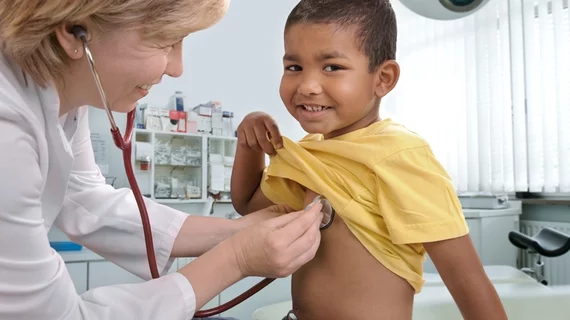New MRI analysis: Brain tumors prevalent in children with neurofibromatosis type 1
More children with neurofibromatosis type 1 (NF1) develop brain tumors than researchers previously believed, according to new research published in Neurology: Clinical Practice.
Neurologists have long estimated that 15 to 20 percent of kids with NF1, a genetic syndrome that affects approximately one in every 3,000 people, develop brain tumors. The study’s authors, however, say their findings present a different story. The researchers reviewed brain MRIs from 68 children with NF1 and 46 healthy children. All MRIs were performed at Washington University School of Medicine in St. Louis from 2006 to 2016.
Overall, they found that 57 percent of children with non-neoplastic T2 hyperintensities—which often appear as “bright spots” in brain MRIs of children with NF1—had probable brain tumors.
“I’m not delivering the message anymore that brain tumors are rare in NF1,” senior author David H. Gutmann, MD, PhD, the Donald O. Schnuck Family Professor of Neurology and director of the Washington University Neurofibromatosis Center, said in a news release. “This study has changed how I decide which children need more surveillance and when to let the neuro-oncologists know that we may have a problem.”
According to Gutmann, these findings will help physicians detect probably tumors in the future, ensuring more children receive the care they need. However, he added, this doesn’t mean scanning habits need to drastically change.
“I am not advocating the frequent use of MRI scans in kids with NF1,” Gutmann said. “What we have learned from this study is how to more accurately interpret MRI scans in children with NF1, and to better decide which abnormalities are most likely tumors in need of medical surveillance.”

